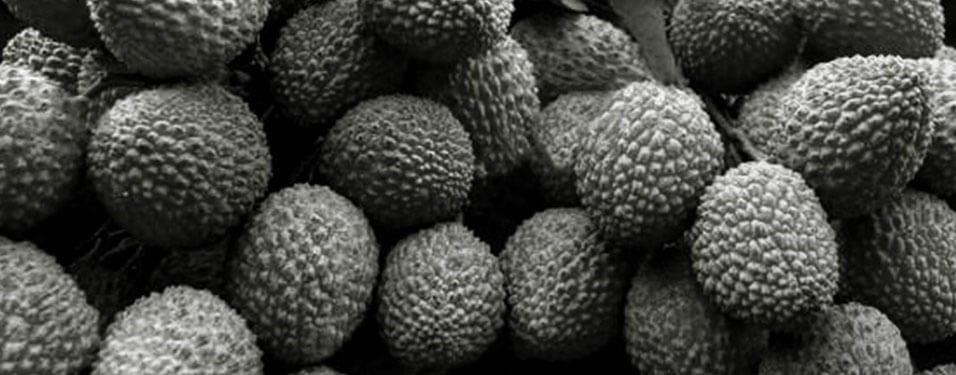Tourism Industry Report
Swan Securities Ltd, operating under the brand name, SWAN Capital Solutions, conducted a macro research report on the tourism industry, focusing on the Indian Ocean region, with a special emphasis on Mauritius.
Inside the report, you will find an overview of the competitive landscape of the Indian Ocean region and the positioning of Mauritius in the region, throughout different periods (1994-2009, 2009-2019, 2020 to date).
We then used the shift-share method in order to determine the competitivity of Mauritius in the region by quantifying the country’s ability to capture arrivals, earnings, and per-tourist dollar relative to other countries in the region (Maldives, Seychelles and Sri-Lanka).
We then estimated the number of arrivals for 2023, along with earnings and tried to estimate the possible implications for listed companies on the stock exchange by adjusting revenue from Mauritius to reflect only “hospitality” segment. We then estimated the fair value of LUX, SUN and NMH given the forecasts we made for arrivals and earnings.
Below are the key findings and observations from the report:
- Performance prior to 2009: The country maintained its dominance over the Indian Ocean region between 1995 and 2009, as depicted by its market share in terms of tourist arrivals (figure 6). The country’s competitivity in capturing market share in terms of tourist arrivals can be seen through the inverse relationship between evolution of market share and between Sri-Lanka and Mauritius during the period. (Meaning a drop in the share of arrivals of Sri-Lanka was matched by in an increase in share of arrivals from Mauritius)
- Performance post 2009: Sri-Lanka launched its post war tourism strategy, leading to a surge in arrivals. Quite interestingly, share of total arrivals in the region from Mauritius remained flat post 2009, at around 25%, down from a market share ranging from 35% 40 40% prior to 2009.
- Lack of Diversification: The slower growth of arrivals and earnings in Mauritius between 2009 and 2019, compared to competitors in the region, can be attributed to the lack of diversification in target markets. The fastest growing markets in terms of arrivals were “East Asia” and “Southern Asia” (Figure 7), two regions where Mauritius had a declining market share post 2009 (Figure 8).
- Competitivity: We tried to quantify each country’s competitiveness in capturing three KPIs, namely arrivals, earnings and per-tourist dollar using the shift-share method (Figure 9). Based on our results we saw that Maldives and Seychelles had two different strategies. While the Maldives focused on the number of arrivals and not per-tourist dollar, Seychelles focused on per-tourist dollar – which is a common characteristic of “High-end” destinations. However, when taking a closer look at the 2009-2019 period, Mauritius seemed to have lesser competitive advantage in capturing arrivals, earnings, and per tourist dollar. This could be interpreted as a significant drop in competitivity in the past decade.
- Strategy: Given the constraints imposed by labour shortages and limited opportunities for increasing the supply of rooms, the report also suggests a national strategy focused on achieving higher levels of tourism earnings rather than just increasing tourist arrivals.
- Post-Pandemic Recovery: Global tourist arrivals are expected to reach pre-pandemic levels in 2024. The Indian Ocean countries experienced a significant drop in arrivals in 2020, but they have started recovering, with the Maldives leading the way due to its early opening of borders.
- Room Occupancy and Bed Occupancy Rates: Mauritius has shown a relatively better recovery in terms of room occupancy compared to the Seychelles. However, other competing destinations have increased their capacity, while Mauritius has remained stable or experienced a slight decline in the number of hotels and beds.
- Arrivals forecast: Arrivals are expected to range between 1,268,794 and 1,320,581 in 2023, backed by the continued recovery of the sector as demand for travel remains robust.
- Tourism Earnings: We expect tourism earnings to reach Rs 84.3bn in 2023, backed by pent up demand.
- Valuation: The report includes a valuation analysis of three hotels listed on the official market: LUX Island Resorts, SUN Limited, and New Mauritius Hotels. The forecast for total achievable revenue is based on spending on accommodation and F&B, with market share estimates for each company.
Overall, Swan Securities’ report highlights the need for diversification in target markets, a focus on tourism earnings, and strategic planning to overcome challenges and achieve sustainable growth in the tourism industry in Mauritius and the Indian Ocean region.
Click here to read the full report.


